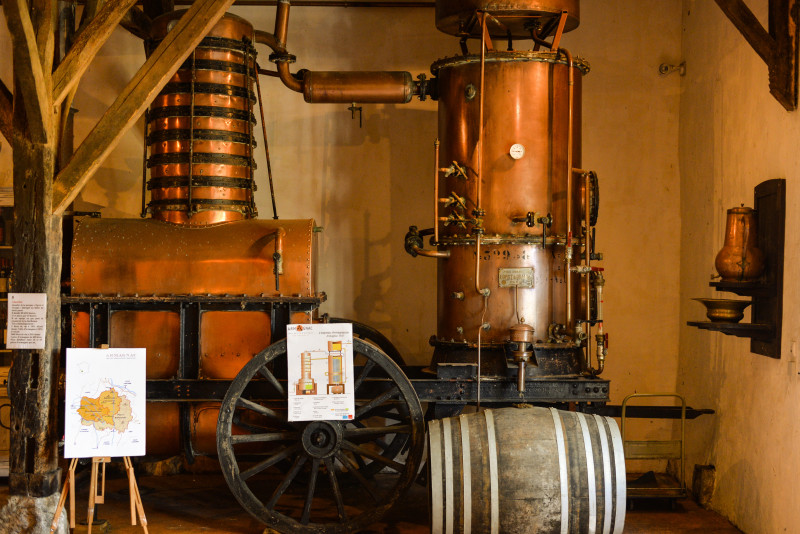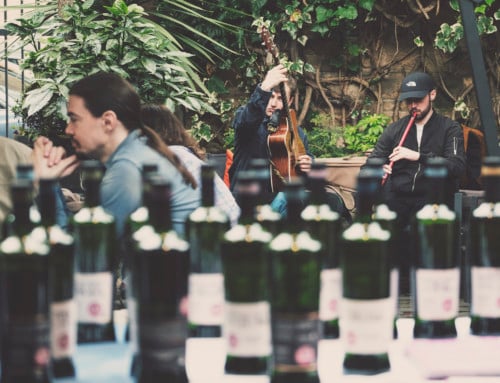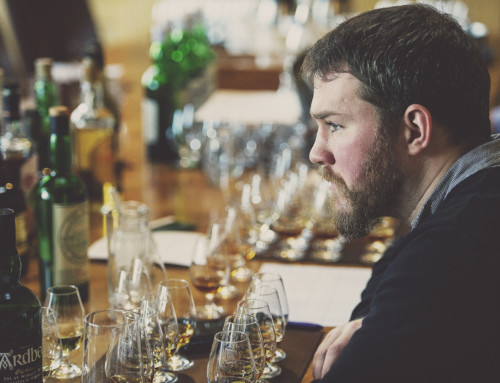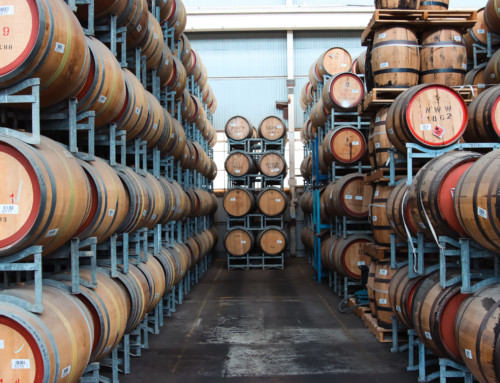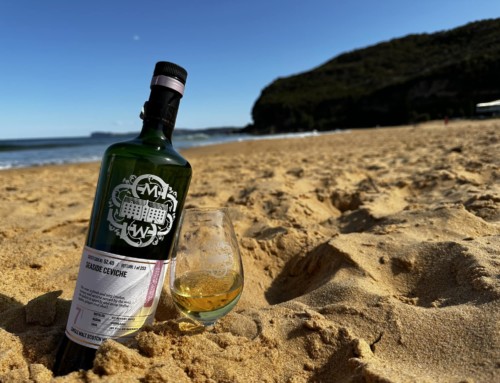Let’s discover Armagnac!
Take a flip through this month’s Outturn and you’ll notice we’re releasing our first single cask Armagnac in years. It’s been a while between casks, but we mustn’t rush perfection! So with that in mind, let’s discover what Armagnac actually is and how to properly appreciate the fine French spirit.
Armagnac is the oldest French eau-de-vie, dating back to the early 14th century, with evidence of distillation taking place at least 200 years before cognac was being produced. It is produced in the Gascony region in the south-west of France under the guidelines of its own industry body, the Bureau National Interprofessionnel de l’Armagnac (BNIA). Like cognac, armagnac has been recognised as an “Appellation d’Origine Contrôlée” (Controlled Appellation of Origin) since 1936. But the difference in both production processes, grape varieties, volumes and in the character of the two spirits is considerable.
Armagnac is still predominantly produced on single estates by families rather than larger houses or conglomerates, on a much smaller scale to cognac. There are around 800 wine growers in the region, but many of them don’t own or operate their own stills, known as alambics. Many farmers sell their grapes to distillers. There are also négociants, who buy eaux de vie from distillers, then age and blend them themselves to produce armagnac. Other farmers still rely on mobile distillers who tow their alembic – often wood-fired – from farm to farm, distilling the wines according to the specification of each house.
Although 10 grape varieties are allowed to be for armagnac production, four are most commonly used. These are:
Ugni blanc (55%) – the most widely used variety, giving acidic and low alcohol wines. Whereas it makes up just over half of the grape varieties used in armagnac, ugni blanc makes up more than 95 per cent of cognac.
Baco (35%) – previously known as Baco 22A, this is NOT used in cognac. Baco is a hybrid of Folle Blanche and Noah varieties named after its creator, François Baco. He developed it in the late 19th century following the phylloxera crisis, to be more resistant to disease. It contributes roundness, smoothness and aromas of ripe fruits. It is also the only hybrid that is permitted for use in Appellation d’Origine Contrôlée wines.
Folle blanche (5%) – the oldest and, before the phylloxera epidemic of the 19th century, the best-known variety used in armagnac. It produces fine and floral eaux-de-vie, but because it is more fragile and susceptible to frost its production has now become quite rare.
Colombard (5%) – widely used in table wines, but distillation for armagnac is rarer. Its fruity and spicy aromas are appreciated in blends.
How is it made?
The grapes used to create the wine for distillation are harvested from September to October, and the addition of any sulphur treatment or sugar is forbidden. Distillation takes place during the winter once fermentation has finished, with a deadline of 31 March of the year following the harvest.
One of the key differences between armagnac and cognac is that 95 per cent of armagnac is only distilled once, and distillation is done using a specific form of continuous still – the Armagnac alambic. Up to 30 per cent of distillation is still carried out by travelling alambics that make their way from farm to farm, using LPG or even sometimes still wood as fuel for distillation. Imagine working on a traveling still!
As for maturation, Armagnac is aged in 400-litre oak barrels, stored in cellars similar to Scottish dunnage warehouses. It typically goes into new barrels for between six months to two years of its life, before being transferred to older barrels so that the extract of wood and tannin compounds doesn’t dominate the flavour. Most producers use French oak from the Limousin or Tronçais forests, whose oak offer respectively wide grain, for bigger flavours and tannins and narrow grain, for more restrained flavours and tannins, each of which imparts a unique character to the final spirit. Some producers use local casks of black oak from Gascony, which has even wider grain and tends to be more tannic and imparts much more colour, with a more intense and dark fruity character. Black oak is becoming less common as the supply has diminished. Armagnac can continue its maturation over the course of decades – up to 50 years or so in the cask – before being transferred into large glass demijohns or steel tanks.
The majority of Armagnac is blended, and while some Armagnac is single cask, the SMWS only bottles single cask and is able to legally print the vintage on the bottle, unlike Cognac. Armagnac’s production is on a very small scale – around five million bottles sold a year worldwie, compared with 175 million for cognac or 1.2 billion for Scotch whisky.
Cask A3.1, the first ever from this distillery for the SMWS is a 1987, 30 year old, single cask Armagnac bottled at natural cask strength.
How do I drink Armagnac?
Much the same way you’ve been enjoying SMWS single cask whisky! Find a glass that suits your tastes, pour a nice healthy dram, and appreciate the craftsmanship that’s gone into such a dram. You may even find some mixology here with other ingredients and taste it in a new light.
Cask A3.1, the first ever from this distillery for the SMWS is a 1987, 30 year old, single cask Armagnac bottled at natural cask strength, and will be released on the Friday 1st June, midday, to members of the Society. If you’re not a member yet, you’re welcome to join here.



